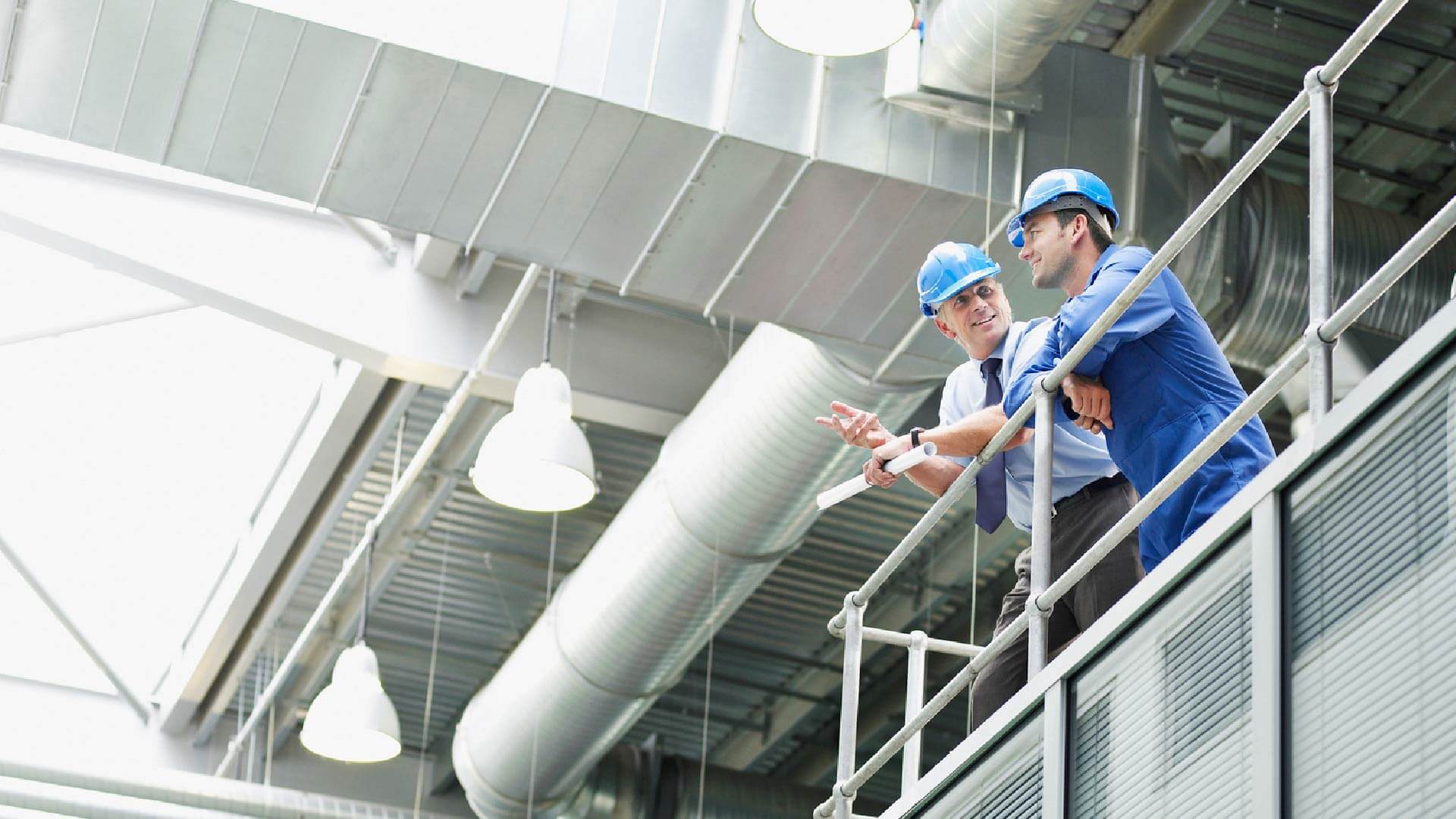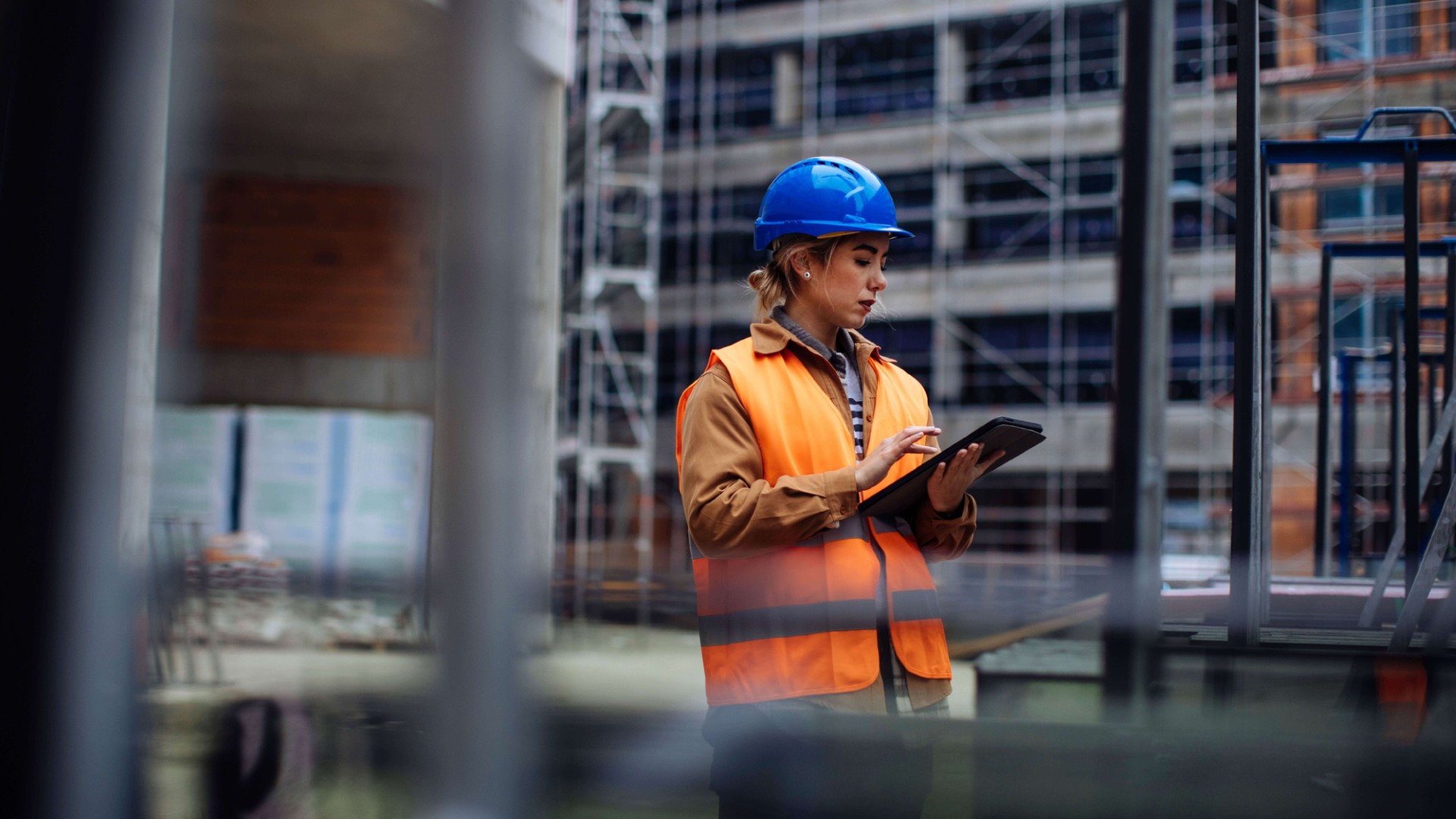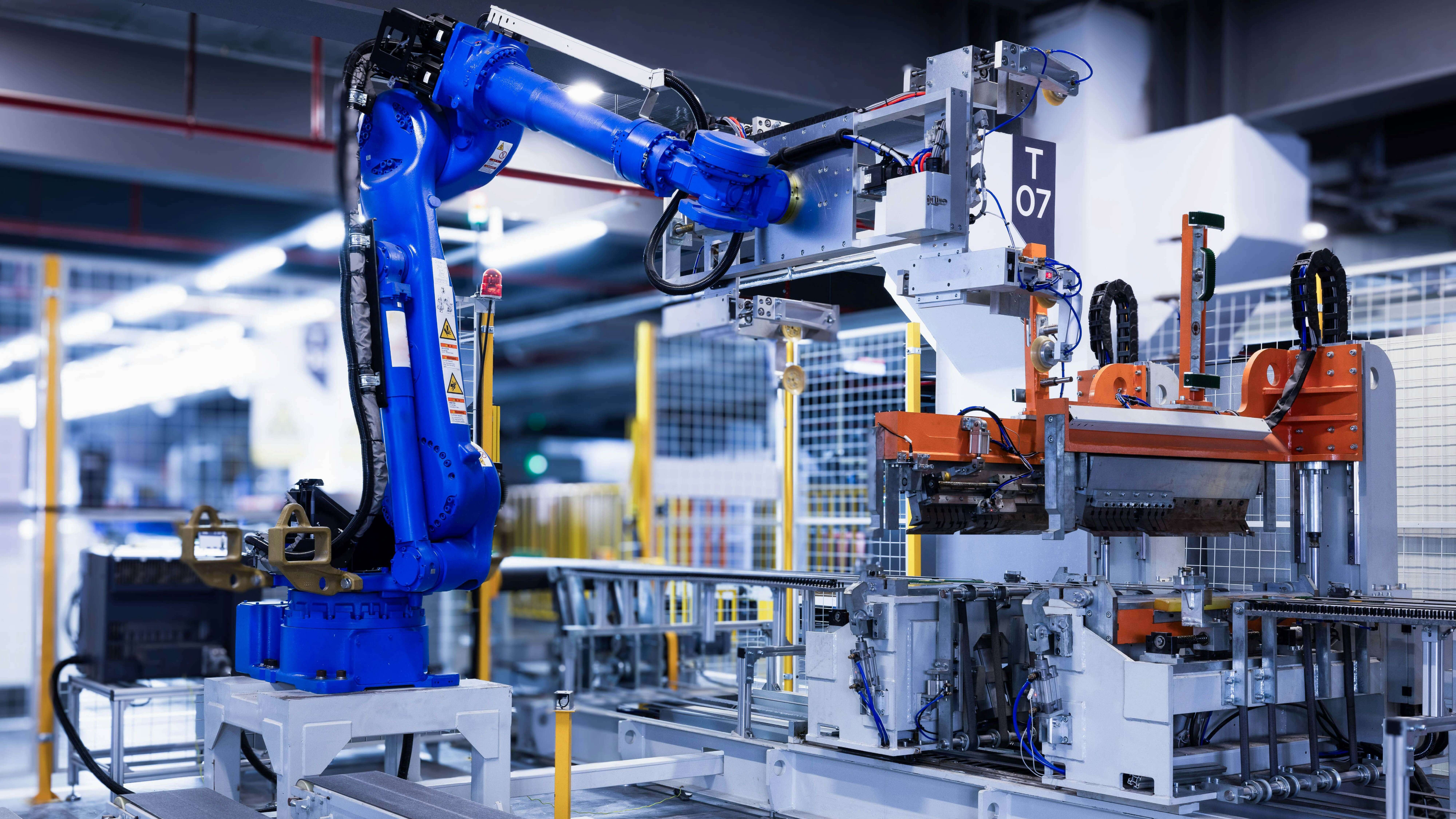The Next Step In Asset Integrity Management: Autonomous Inspections
In high-risk, asset-heavy industries, monitoring asset integrity is non-negotiable – but how it's done is evolving. Traditionally, asset integrity teams have relied on scheduled field inspections to identify damage to assets such as cracking, corrosion and fatigue. However, human inspections are not always appropriate, as they have the potential to expose workers to hazardous environments and jeopardize their safety. Achieving safer operations has consistently been a top strategic priority for firms, with our latest survey indicating that 63% of industrial executives intend to increase spending to realize this. In addition, manual inspections are costly, often reactive in nature and divert skilled resources away from more strategic tasks such as failure mitigation and life-extension planning.
The case for reducing manual inspections is growing, and emerging technologies are stepping in to fill the gap. Verdantix finds that asset integrity and risk management vendors are increasingly integrating the following technologies to automate field inspections:
- Real-time degradation monitoring with sensors.
The integration of corrosion sensor data in asset integrity and risk management is becoming more commonplace. MISTRAS Group supplies corrosion sensors that allow clients to monitor real-time asset condition, including that of fixed equipment. Following its March 2025 acquisition by Emerson, Aspen Technology is developing a corrosion management solution that leverages data from Emerson’s corrosion sensors and process systems. The solutions predicts corrosion with ML models using real-time inputs, identifies corrosion contributors, and recommends and prioritizes mitigation strategies. This enables operations and asset integrity teams to balance efficient operations and asset health.
- Physics-based models combined with operational data to predict degradation.
Akselos leverages high-fidelity digital twins combined with physics-based models to assess structural integrity in near-real time and predict potential failures. Using its patented reduced basis finite element analysis (RB-FEA) methodology, Akselos accelerates FEA while maintaining a good level of accuracy. By hydrating the model with real-time sensor data and batch inspection results, its software is able to detect deviations from the baseline, simulate the impact this has on mechanical integrity, and guide users on relevant corrective and preventive actions. This reduces the need for inspections, as models are continually updated.
- Robotics and computer vision algorithms.
Crawlers, drones and robots offer an alternative to human inspections and expand vendors’ reach by performing inspections in confined spaces and hazardous environments. For example, Boston Dynamics empowers maintenance teams with agile robots that streamline inspections, while ARIX Technologies offers inspection robot that deliver 360-degree scans of piping equipment, paired with a corrosion analytics platform to analyse the results and predict asset failures. GE Vernova has partnered with ANYbotics, a provider of autonomous robotic systems, to gather asset condition data in hard-to-reach locations. By utilizing computer vision technology within its Autonomous Inspection application, GE Vernova seamlessly integrates the inspection results into its asset performance management (APM) platform, updating asset conditions and failure predictions in real time. These tools not only enhance safety by removing personnel from risky environments, but expand inspection coverage and consistency.
Though the benefits delivered by these emerging inspection technologies are clear, adoption has so far been limited. High upfront costs and complex integration continue to restrain deployment. Nonetheless, as the emphasis on safer and more efficient operations grows and sensor and AI technologies continue to advance, automated inspection methods will become essential to asset integrity management, empowering teams to focus on strategic priorities such as risk mitigation and asset life extension.
To learn more about how asset integrity and risk management software is evolving to support safe, reliable and compliant operations, read Verdantix Smart Innovators: Asset Integrity And Risk Management Software.
About The Author

Sayanh Alam
Industry Analyst




